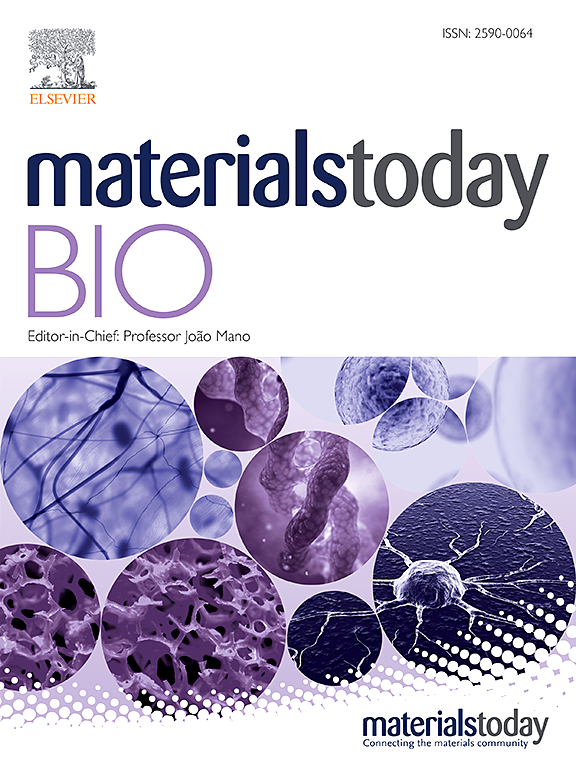Recent advances in nanomaterials and their mechanisms for infected wounds management
IF 8.7
1区 医学
Q1 ENGINEERING, BIOMEDICAL
引用次数: 0
Abstract
Wounds infected by bacteria pose a considerable challenge in the field of healthcare, particularly with the increasing prevalence of antibiotic-resistant pathogens. Traditional antibiotics often fail to achieve effective results due to limited penetration, resistance development, and inadequate local concentration at wound sites. These limitations necessitate the exploration of alternative strategies that can overcome the drawbacks of conventional therapies. Nanomaterials have emerged as a promising solution for tackling bacterial infections and facilitating wound healing, thanks to their distinct physicochemical characteristics and multifunctional capabilities. This review highlights the latest developments in nanomaterials that demonstrated enhanced antibacterial efficacy and improved wound healing outcomes. The antibacterial mechanisms of nanomaterials are varied, including ion release, chemodynamic therapy, photothermal/photodynamic therapy, electrostatic interactions, and delivery of antibacterial drugs, which not only combat bacterial infections but also address the challenges posed by biofilms and antibiotic resistance. Furthermore, these nanomaterials create an optimal environment for tissue regeneration, promoting faster wound closure. By leveraging the unique attributes of nanomaterials, there is a significant opportunity to revolutionize the management of infected wounds and markedly improve patient outcomes.

求助全文
约1分钟内获得全文
求助全文
来源期刊

Materials Today Bio
Multiple-
CiteScore
8.30
自引率
4.90%
发文量
303
审稿时长
30 days
期刊介绍:
Materials Today Bio is a multidisciplinary journal that specializes in the intersection between biology and materials science, chemistry, physics, engineering, and medicine. It covers various aspects such as the design and assembly of new structures, their interaction with biological systems, functionalization, bioimaging, therapies, and diagnostics in healthcare. The journal aims to showcase the most significant advancements and discoveries in this field. As part of the Materials Today family, Materials Today Bio provides rigorous peer review, quick decision-making, and high visibility for authors. It is indexed in Scopus, PubMed Central, Emerging Sources, Citation Index (ESCI), and Directory of Open Access Journals (DOAJ).
 求助内容:
求助内容: 应助结果提醒方式:
应助结果提醒方式:


